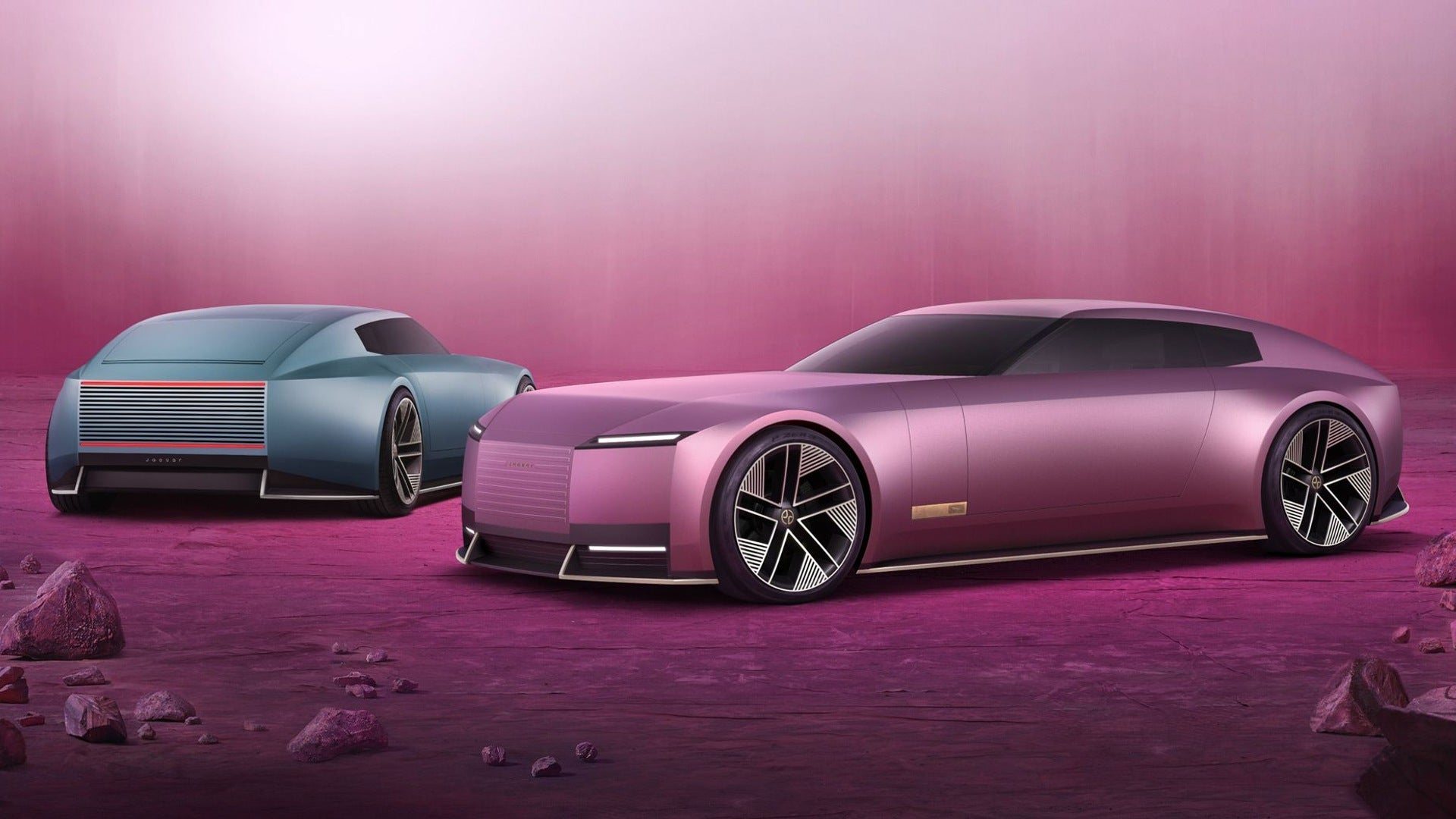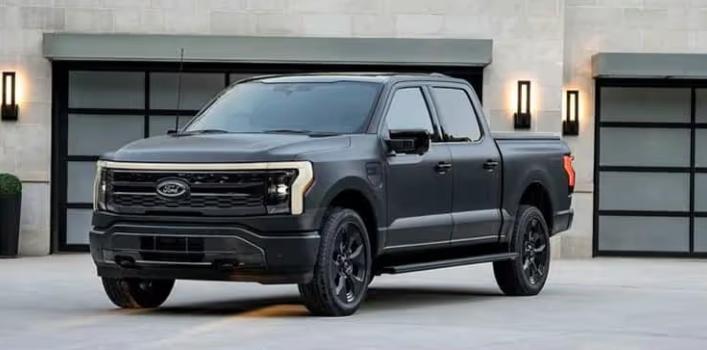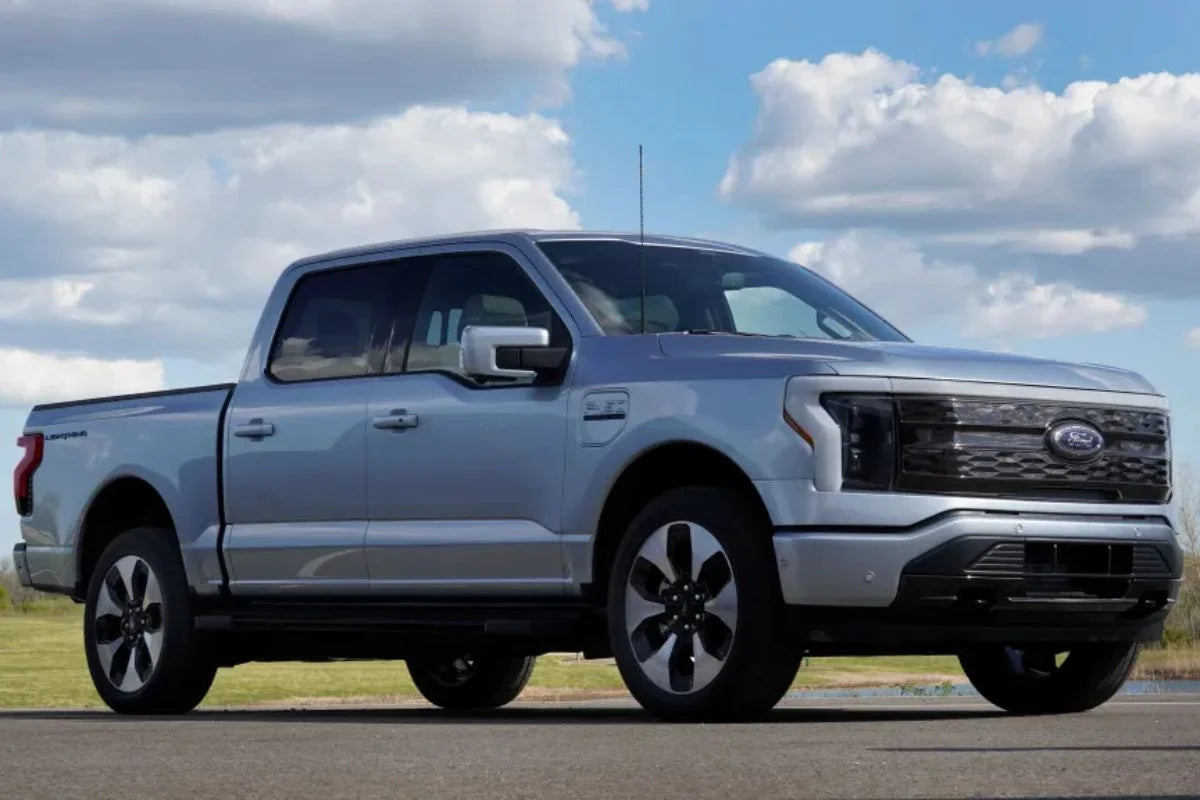Début 2025, Tesla a confirmé ce que craignaient de nombreux propriétaires de véhicules HW3 : le matériel 3 (HW3) ne supportera pas, dans sa version finale, la vision de conduite entièrement autonome (FSD) promise de longue date par l'entreprise . Quatre mois plus tard, il n'existe toujours pas de plan officiel de mise à niveau ni de stratégie de compensation, laissant des dizaines de milliers de clients Tesla dans une incertitude croissante .
Tesla abandonne discrètement le HW3
En février 2025, lors d'une conférence téléphonique sur les résultats trimestriels et des communications internes qui ont suivi, Tesla a reconnu que les véhicules HW3, principalement construits entre 2019 et 2022, ne seraient pas capables de prendre en charge les futures versions de FSD en raison de limitations matérielles. La plateforme informatique vieillissante du système, construite autour d'une puce Tesla personnalisée avec une puissance de traitement et une bande passante limitées, a peiné à répondre aux exigences de FSD v12 et suivantes.
Bien que Tesla ait tenté d'optimiser les performances en utilisant la compression du réseau neuronal et le réglage logiciel, il est devenu de plus en plus clair que l'écart entre HW3 et les systèmes plus récents comme HW4 ou le prochain HW5 était trop large pour être comblé.
La promesse : FSD, pour la vie
Pour de nombreux propriétaires de Tesla, notamment les premiers utilisateurs, cette situation est vécue comme une trahison. Des milliers d'entre eux ont déboursé entre 6 000 et 15 000 dollars pour le pack FSD, en raison de la promesse de Tesla que leurs véhicules deviendraient autonomes grâce aux mises à jour à distance. En réalité, Tesla a explicitement présenté le FSD comme un achat unique, valable pour l'achat du véhicule.
Elon Musk a répété à maintes reprises que chaque Tesla produite depuis 2016 disposait du matériel nécessaire à la conduite entièrement autonome, une affirmation qui a mal vieilli. La révélation que HW3 n'est plus compatible avec la feuille de route logicielle de Tesla anéantit cette promesse.
Pas de chemin de mise à niveau, pas de calendrier
En juillet 2025, Tesla n'avait pas encore publié de plan de mise à niveau clair et cohérent pour les propriétaires de HW3 ayant acheté FSD. Bien qu'Elon Musk ait suggéré plus tôt cette année que Tesla remplacerait tous les ordinateurs HW3 pour les acheteurs de FSD , aucun programme de ce type n'a été lancé publiquement.
Les propriétaires restent dans l’ignorance à propos de :
-
Qui est admissible à une mise à niveau
-
Quand les mises à niveau pourraient commencer
-
Y aura-t-il des coûts matériels supplémentaires ?
-
Combien de temps le support de HW3 continuera-t-il dans son état actuel ?
Le manque de transparence a frustré la communauté Tesla et soulevé des questions sur la valeur à long terme du FSD en tant que produit.
Les fonctionnalités du HW3 sont déjà limitées
Avant même l'annonce officielle, les véhicules HW3 étaient de plus en plus souvent exclus des nouvelles fonctionnalités. Dans la mise à jour logicielle du printemps 2025 (version 2025.14.1), Tesla a apporté des améliorations à la visualisation des angles morts, à l'enregistrement des caméras de surveillance et aux rendus en temps réel, autant de fonctionnalités qui ne sont pas prises en charge sur HW3.
Bien que certaines versions de FSD v12 aient été rétroportées vers HW3 via la compression de modèle (par exemple, v12.5.1.4), les performances varient et certaines fonctionnalités sont considérablement réduites. Les réactions des utilisateurs sur Reddit et les forums Tesla sont mitigées, nombre d'entre eux signalant une dégradation des performances en cas de circulation dense ou d'intersections complexes.
Pression croissante et risque juridique
Le silence de Tesla alimente les spéculations quant à d'éventuelles poursuites judiciaires . De nombreux propriétaires ont commencé à documenter leurs contrats d'achat, leurs supports marketing et les déclarations d'Elon Musk, qui indiquaient clairement la valeur à vie du FSD. Si Tesla ne fournit pas les mises à niveau matérielles ou ne les indemnise pas, des recours collectifs pourraient s'ensuivre.
Les défenseurs des consommateurs soutiennent que Tesla devrait soit :
-
Fournir des mises à niveau matérielles gratuites vers HW4 pour tous les véhicules HW3 avec FSD acheté, ou
-
Proposer des remboursements partiels ou des transferts de licence FSD vers un nouveau véhicule Tesla
Jusqu’à présent, Tesla a résisté aux deux approches.
Conclusion : une crise de confiance
La décision de Tesla d'abandonner le support HW3 sans plan de mise à niveau défini risque de s'aliéner l'un de ses segments de clientèle les plus fidèles. Cette situation met en lumière un défi plus vaste pour le modèle logiciel de Tesla : lorsque le matériel devient obsolète plus rapidement que prévu, les promesses à long terme peuvent être anéanties.
Alors que Tesla se tourne vers les ambitions du Robotaxi et du matériel de nouvelle génération, une question cruciale se pose : que se passe-t-il lorsqu'un avenir promis n'arrive jamais ?
Tant que Tesla ne communiquera pas un plan ferme pour les propriétaires de HW3 qui ont adhéré à FSD, la réponse reste aussi floue que jamais.
Auteur : Lay Wen
Lectures recommandées : Les véhicules Tesla HW3 équipés de puces Intel Atom ne figurent pas parmi les fonctionnalités de la mise à jour de printemps, révèle Sawyer Merritt.








Partager:
Le PDG de Ford, Jim Farley, reconnaît la supériorité des véhicules électriques chinois en termes de coût, de technologie et de qualité.
Les véhicules Tesla HW3 équipés de puces Intel Atom ne bénéficient pas des fonctionnalités de la mise à jour de printemps, révèle Sawyer Merritt.